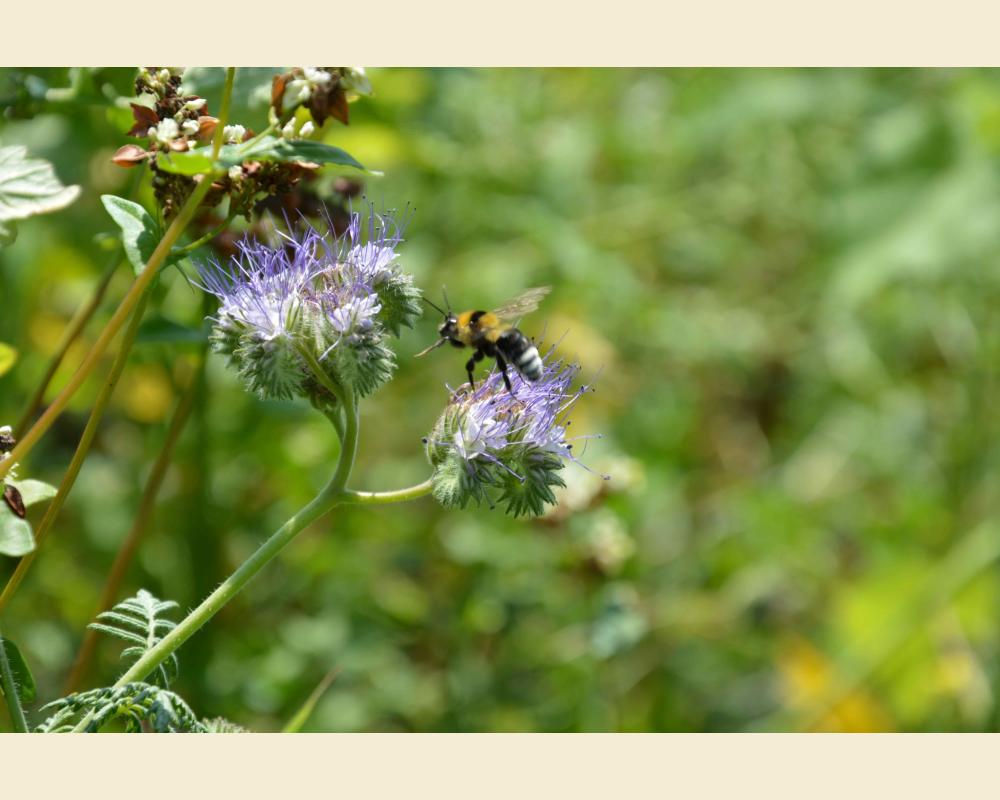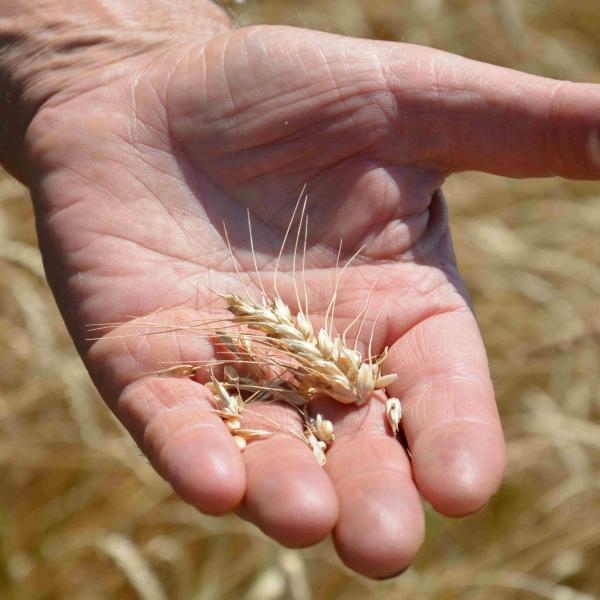Cultivate evolutionary mixes
The environmental benefits of cultivating Aleppo Mixture

Other negative environmental effects are the loss of biodiversity, the decrease in soil fertility due to erosion, salinization and acidification, water pollution, and greenhouse gas emissions, as well as the abandonment of rural areas, social injustice and poor food quality
The loss of biodiversity is probably among the most important negative effects, also because the Green Revolution is the opposite of what ecology tells us, namely that:
greater diversity = greater productivity = greater resilience
Applying this simple relationship to agriculture would mean feeding the world (greater productivity) and absorbing the effects of climate change with less damage.
Biodiversity can be brought back to agriculture by also creating supply chains that generate income, both by increasing the portfolio of cultivated species and by cultivating non-uniform varieties such as the Aleppo Mixture. It is possible to return to cultivating species that were common in Italy, such as millet, or to cultivate sorghum and barley for human food — all species much more resistant to drought and much more nutritious than wheat and corn, while the Aleppo Mixture, especially in the case of durum wheat and common wheat, has been shown to produce well (up to 40 quintals/ha) without the use of synthetic chemistry.
Therefore, cultivating biodiversity considerably mitigates the impact of agriculture on the environment without sacrificing productivity and profitability.
Text by Stefania Grado and Salvatore Ceccarelli



